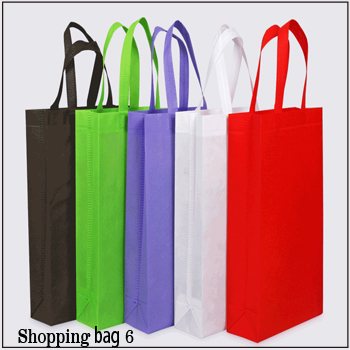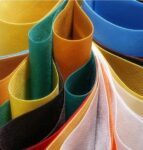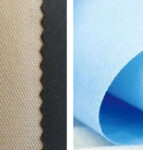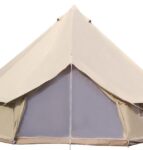In recent years, the textile industry has seen a significant shift towards nonwoven fabrics. This innovative material is rapidly gaining popularity due to its versatility and unique properties. Nonwoven fabrics are made by bonding fibers together rather than weaving or knitting them. This makes them more durable, lightweight, and cost-effective than traditional fabrics. They also have a wide range of applications, from medical and hygiene products to automotive and construction materials. It’s no wonder why nonwoven fabrics are taking over the textile industry, and the trend is only expected to continue. In this article, we’ll dive deeper into the benefits of nonwoven fabrics and explore why they are becoming the go-to choice for many manufacturers and consumers alike.
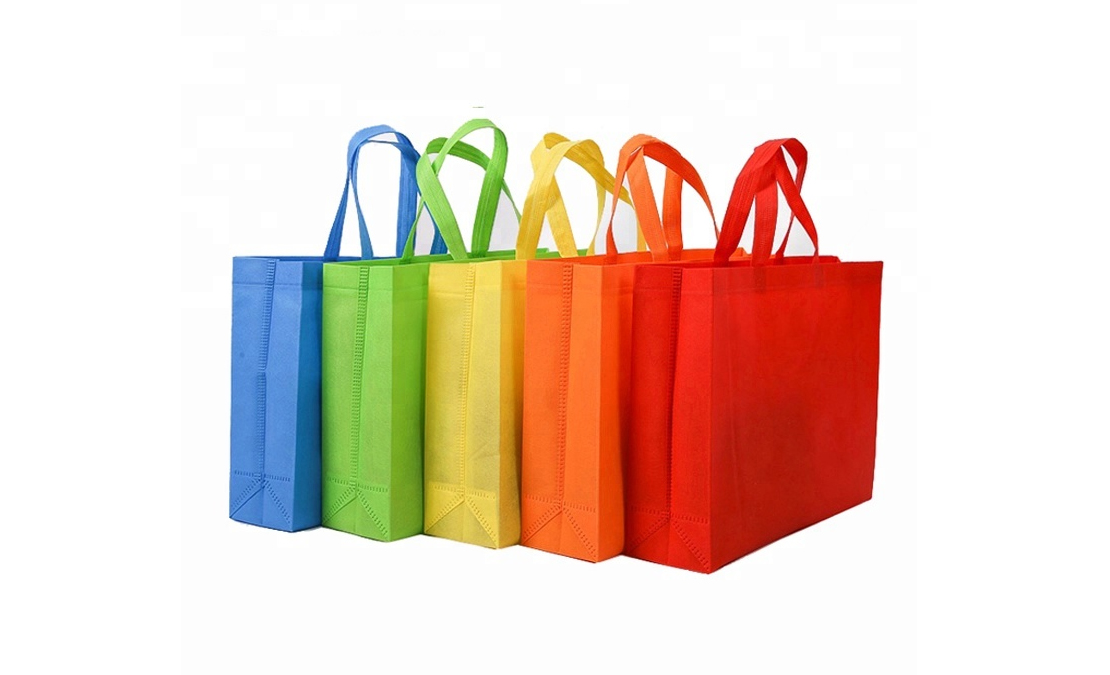
Advantages of Nonwoven Fabric Over Traditional Textiles
Nonwoven fabrics have several advantages over traditional textiles. One of the most significant advantages is their durability. Nonwoven fabrics are made by bonding fibers together, which makes them stronger and more resistant to tearing and other types of damage. This makes them ideal for use in heavy-duty applications, such as automotive and construction materials.
Another advantage of nonwoven fabrics is their lightweight nature. Nonwoven fabrics are typically much lighter than traditional textiles, which makes them easier to handle and transport. This is especially important in industries such as aviation and aerospace, where weight is a critical factor.
Nonwoven fabrics are also cost-effective. Because they are made by bonding fibers together, they require less processing than traditional fabrics. This means that they can be produced faster and at a lower cost. Additionally, nonwoven fabrics are often made from recycled materials, which further reduces their cost and environmental impact.
Types of Nonwoven Fabrics and Their Uses
There are several types of nonwoven fabrics, each with its unique properties and applications. One of the most common types of nonwoven fabrics is spunbond nonwoven. Spunbond nonwoven is made by extruding molten polymer through spinnerets and then bonding the resulting fibers together. This type of nonwoven fabric is often used in medical and hygiene products, such as surgical gowns, diapers, and sanitary napkins.
Another type of nonwoven fabric is meltblown nonwoven. Meltblown nonwoven is made by blowing hot air through a nozzle onto a molten polymer. This creates a web of fine fibers that are then bonded together. Meltblown nonwoven is often used in filtration products, such as air and water filters.
Needle punched nonwoven is another type of nonwoven fabric. Needle punched nonwoven is made by mechanically interlocking fibers together using barbed needles. This type of nonwoven fabric is often used in geotextiles, which are used to stabilize soil and prevent erosion.
Market Trends and Growth of Nonwoven Fabrics
The market for nonwoven fabrics is expected to continue to grow in the coming years. According to a report by MarketsandMarkets, the global nonwoven fabrics market is expected to reach $73.7 billion by 2025, growing at a CAGR of 7.5% from 2020 to 2025. The growth of the nonwoven fabrics market is being driven by several factors, including the increasing demand for hygiene products and the growing use of nonwoven fabrics in automotive and construction materials.
The Asia-Pacific region is expected to be the largest market for nonwoven fabrics, with China and India leading the way. This is due to the growing population and increasing disposable income in these countries, which is driving demand for hygiene products and other nonwoven fabric-based products.
Sustainability and Eco-Friendliness of Nonwoven Fabrics
Nonwoven fabrics are often more sustainable and eco-friendly than traditional textiles. Nonwoven fabrics can be made from recycled materials, such as plastic bottles and other waste products. Additionally, nonwoven fabrics are often recyclable themselves, which reduces their environmental impact.
Nonwoven fabrics are also more efficient to produce than traditional textiles. Because they require less processing, they use less energy and produce less waste. This makes them a more sustainable and eco-friendly choice for manufacturers and consumers alike.
Applications of Nonwoven Fabrics in Various Industries
Nonwoven fabrics have a wide range of applications in various industries. One of the most common applications is in medical and hygiene products. Nonwoven fabrics are often used in surgical gowns, face masks, and other medical products due to their durability and ability to block bacteria and other microorganisms.
Nonwoven fabrics are also used in automotive and construction materials. Nonwoven fabrics are often used as insulation, soundproofing, and reinforcement materials in vehicles and buildings. Additionally, nonwoven fabrics are often used in filtration products, such as air and water filters.
Challenges Faced by the Nonwoven Industry
Despite the many advantages of nonwoven fabrics, the nonwoven industry still faces several challenges. One of the biggest challenges is the lack of awareness among consumers about nonwoven fabrics. Many consumers are still unfamiliar with nonwoven fabrics and may not understand their benefits.
Another challenge faced by the nonwoven industry is the lack of standardization. Nonwoven fabrics can vary widely in their properties and quality, which can make it difficult for manufacturers to choose the right type of fabric for their products.
Innovations and Developments in Nonwoven Technology
The nonwoven industry is constantly evolving, with new innovations and developments in nonwoven technology. One of the most exciting developments in recent years is the use of nanofibers in nonwoven fabrics. Nanofibers are extremely thin fibers that can be used to create nonwoven fabrics with enhanced properties, such as increased strength and improved filtration.
Another innovation in nonwoven technology is the use of 3D printing to create nonwoven fabrics. This technology allows manufacturers to create nonwoven fabrics with complex shapes and structures, which can be used in a wide range of applications.
Comparison Between Nonwoven Fabric and Woven Fabric
Nonwoven fabrics have several advantages over woven fabrics. One of the most significant advantages is their durability. Nonwoven fabrics are made by bonding fibers together, which makes them stronger and more resistant to tearing and other types of damage than woven fabrics.
Another advantage of nonwoven fabrics is their cost-effectiveness. Because they require less processing than woven fabrics, they can be produced faster and at a lower cost. Additionally, nonwoven fabrics are often made from recycled materials, which further reduces their cost and environmental impact.
However, woven fabrics have some advantages over nonwoven fabrics. Woven fabrics are often more aesthetically pleasing than nonwoven fabrics and can be used in a wider range of applications. Additionally, woven fabrics can be more breathable than nonwoven fabrics, which makes them ideal for use in clothing and other textiles.
In End: The Future of Nonwoven Fabric in the Textile Industry
Nonwoven fabrics are rapidly gaining popularity in the textile industry due to their unique properties and versatility. They are more durable, lightweight, and cost-effective than traditional textiles and have a wide range of applications in various industries.
The market for nonwoven fabrics is expected to continue to grow in the coming years, driven by factors such as the increasing demand for hygiene products and the growing use of nonwoven fabrics in automotive and construction materials. The nonwoven industry still faces several challenges, such as the lack of awareness among consumers and the lack of standardization.
However, with new innovations and developments in nonwoven technology, the future of nonwoven fabric in the textile industry looks bright. As more consumers and manufacturers become aware of the benefits of nonwoven fabrics, we can expect to see even more widespread use of this innovative material in the years to come.
